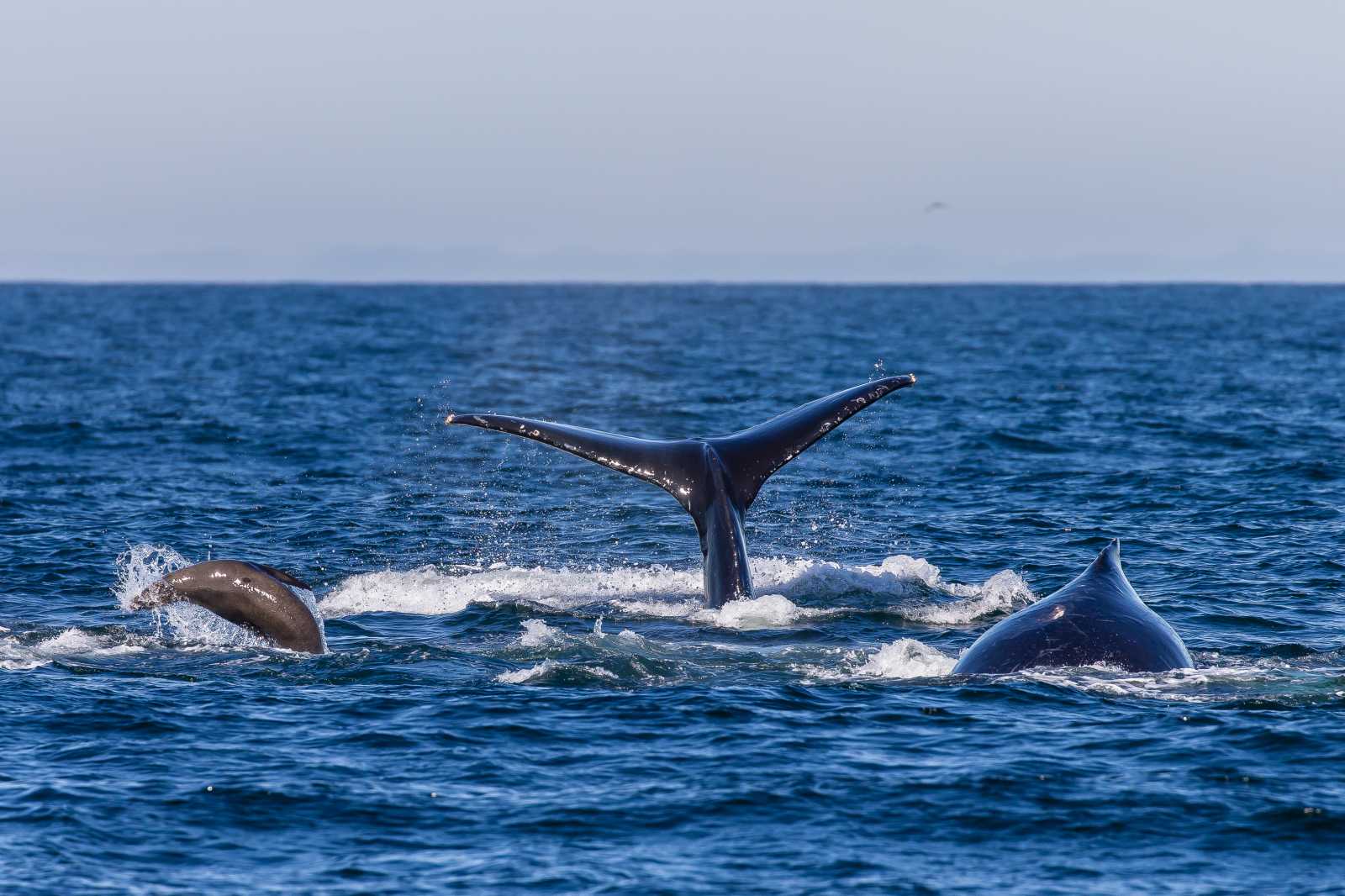iqsafe.info – Whales are among the most remarkable creatures in the animal kingdom, not only because of their size but also due to their unique anatomical adaptations that allow them to thrive in marine environments. These adaptations have evolved over millions of years, enabling whales to become efficient swimmers, deep divers, and skilled hunters. Understanding whale anatomy provides insights into how these magnificent animals have become perfectly suited to life in the ocean.
Streamlined Bodies for Efficient Swimming
One of the most distinctive features of whale anatomy is their streamlined bodies, which reduce drag and allow for efficient swimming through water. Their fusiform shape, combined with a thick layer of blubber, helps them maintain buoyancy and insulate against the cold temperatures of ocean waters. The blubber also serves as an energy reserve during long migrations.
Powerful Flippers and Flukes
Whales have evolved powerful flippers and flukes that play crucial roles in their locomotion. The pectoral flippers are used for steering and stabilization, while the tail flukes provide propulsion. The muscular tail flukes move in an up-and-down motion, driving the whale forward with remarkable speed and agility. Some species, like the humpback whale, are known for their acrobatic breaching and complex underwater maneuvers, facilitated by these adaptations.
Unique Respiratory System
Unlike fish, whales are mammals and must surface to breathe air through their blowholes. Their respiratory system is highly efficient, allowing them to take in large amounts of oxygen with each breath. This efficiency supports their ability to dive to great depths for extended periods. Some species, such as the sperm whale, can dive over 3,000 meters and hold their breath for more than an hour.
Specialized Feeding Mechanisms
Whales have developed specialized feeding mechanisms to exploit various food sources in the ocean. Baleen whales, like the blue and humpback whales, have baleen plates instead of teeth, which they use to filter small prey like krill and plankton from the water. Toothed whales, such as orcas and sperm whales, have sharp teeth for catching fish and squid. These adaptations reflect the diverse diets and feeding strategies of different whale species.
Advanced Sensory Organs
Whales possess highly developed sensory organs that aid in navigation, communication, and hunting. Their hearing is particularly acute, allowing them to detect sounds over long distances. Echolocation, used by toothed whales, involves emitting sound waves that bounce off objects and return as echoes, helping them locate prey and navigate their environment. Additionally, some whales have excellent vision adapted to low-light conditions in the deep ocean.
Conclusion
The unique anatomical adaptations of whales have enabled them to become some of the most successful marine mammals on the planet. From their streamlined bodies and powerful flukes to their specialized feeding mechanisms and advanced sensory systems, each feature of whale anatomy is a testament to the remarkable evolutionary journey these creatures have undertaken. By studying and appreciating these adaptations, we gain a deeper understanding of how whales have mastered life in the ocean and their vital role in marine ecosystems.
